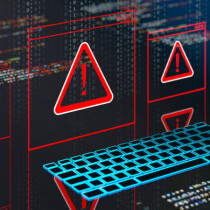Addressing security issues in Linux
Once you have Linux up and running on your computer or your network and have installed your applications, you are all ready to go, right? Well, yes and no. Your system may be running, but until you consider security issues you are potentially leaving yourself open to serious trouble.
Security encompasses a number of different aspects, from passwords and permissions, to data encryption, virus protection, firewalls and VPNs, software bugs, data backup, and even physical security (keylocks, bolt-down cables, and alarms, to name a few). In this extensive overview of Linux security issues, IBM's Mark Chapman points out various security issues, briefly describes strategies for dealing with them, and lists many products available to help you in your goal of a safe, secure Linux environment.
Mark focuses on security issues as they relate to the individual user (home or small office) and to a network administrator responsible for user workstations. His main intent is to introduce the new user or administrator to the wide array of security issues and solutions that exist; however, even those experienced with security issues may find something new here.
Of course, to cover each topic in depth would require several books, so this paper is by necessity an overview, meant to "expose" you (pardon the pun) to various potential security weaknesses (some of which you may not have addressed, or have even known about) with links to additional information on many subjects.
View or print the 39-page paper, "Addressing security issues in Linux".









































































